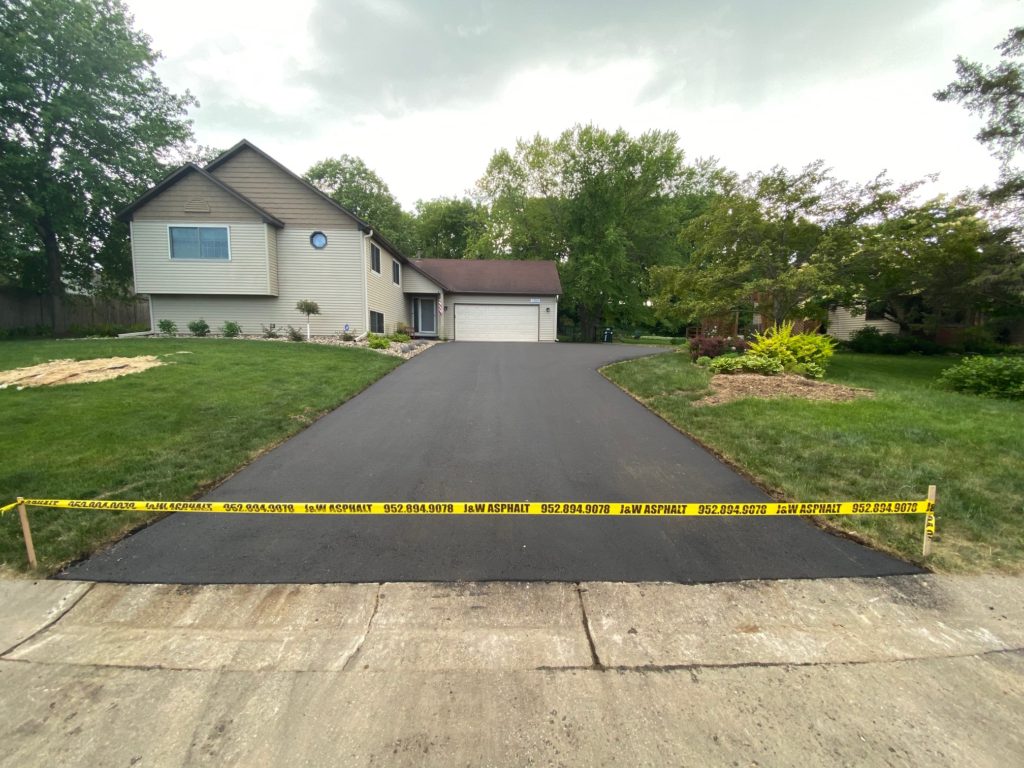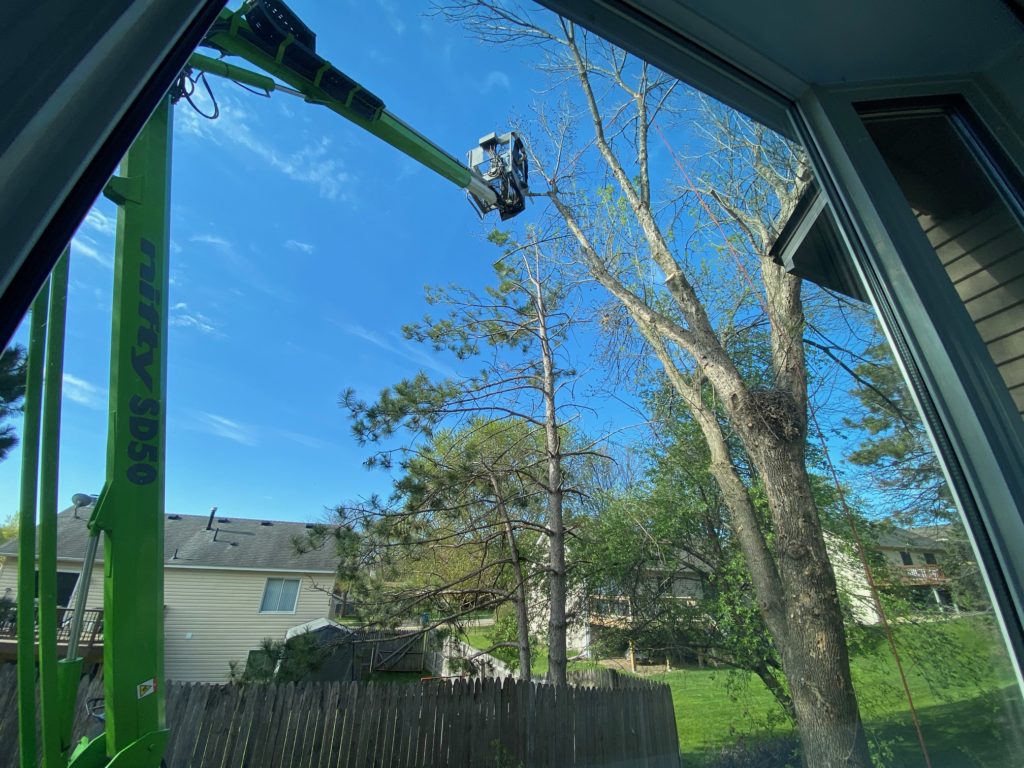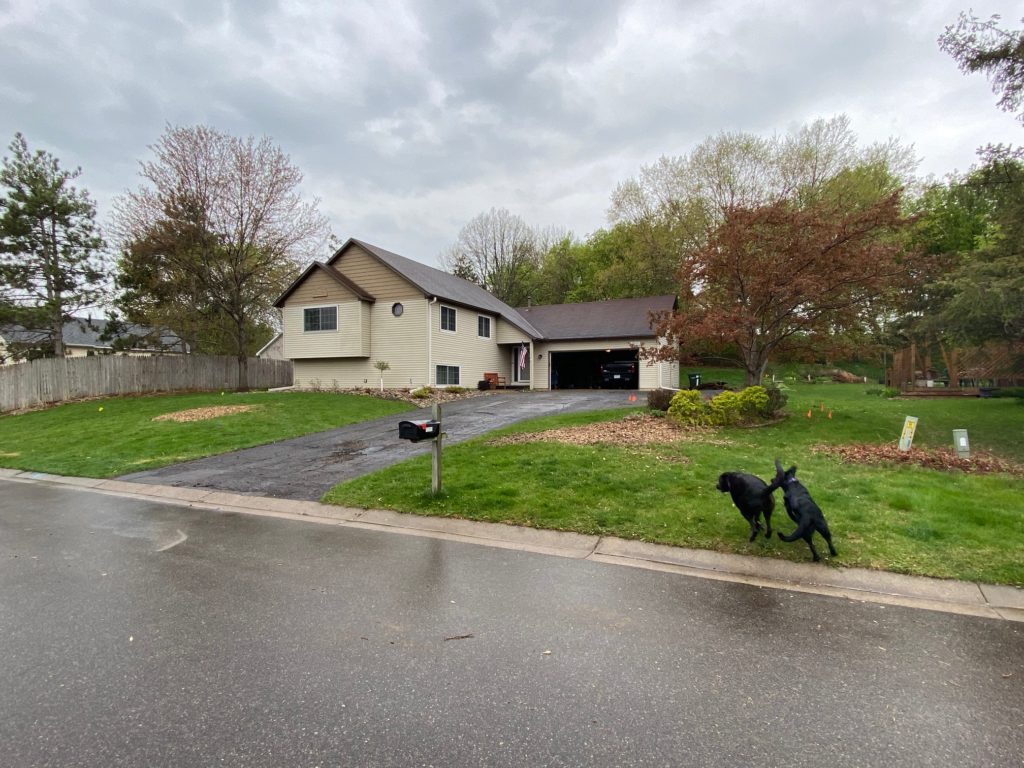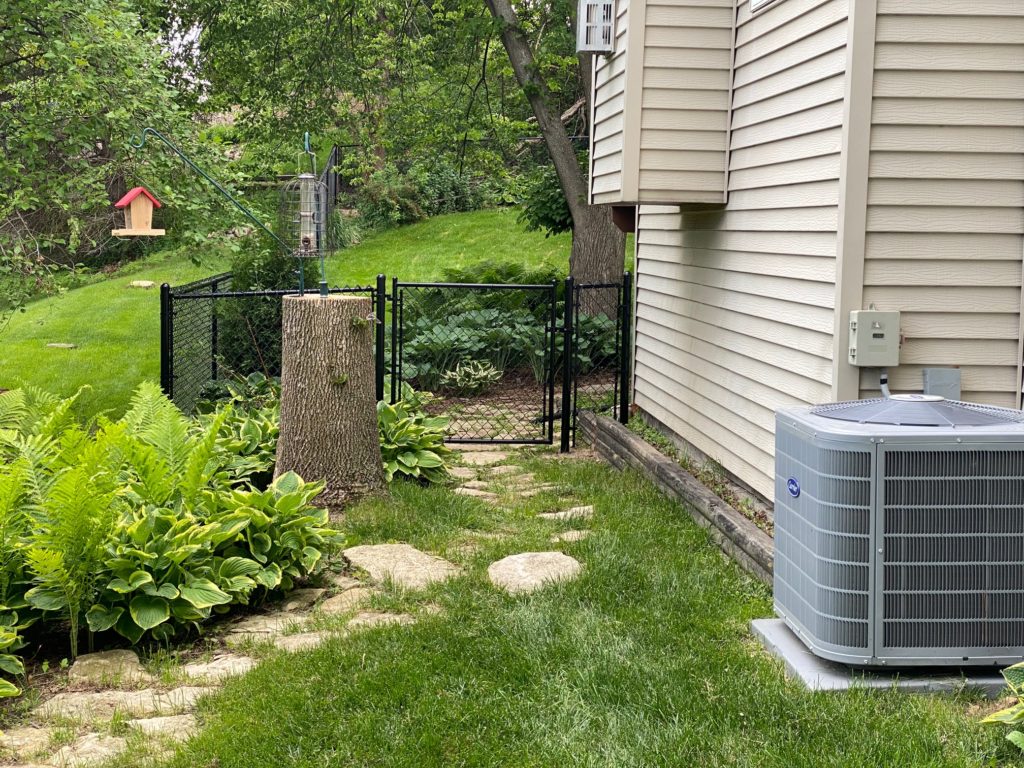
super boring post warning!
The definition: Asphalt is the black, tarry material that’s often used to pave roads or fill in potholes.

The problem: Our asphalt was in terrible shape.

The solution: We paid a company money to tear out our asphalt.

The next step in the solution: The company we paid also dumped a new layer of asphalt on our driveway.

The result: Happy homeowners and much improved curb appeal.

Why we waited 7 years to fix this: Asphalt is not cheap. Make sure you get estimates before paying a company to fix your asphalt.
Thank you for reading!










